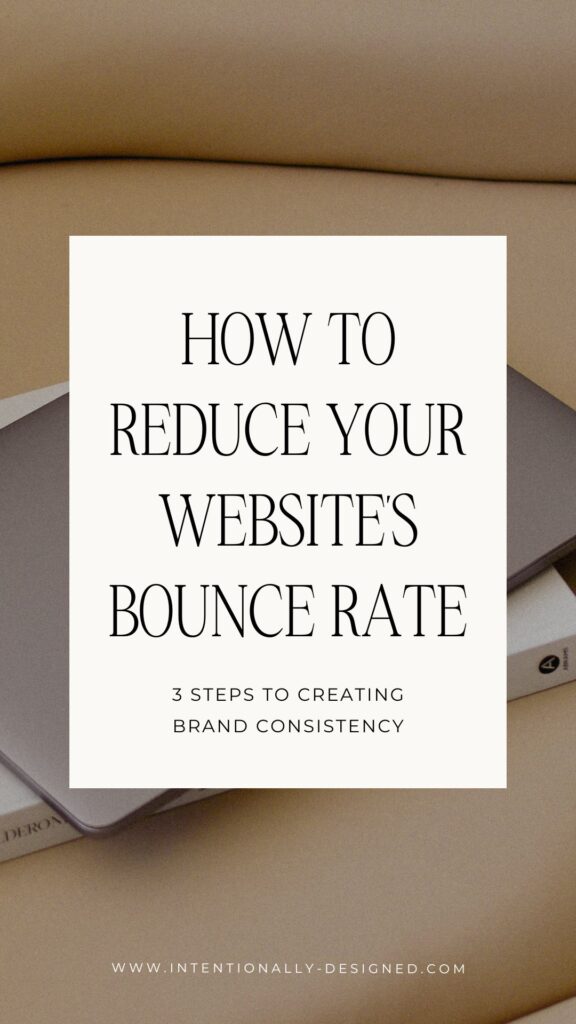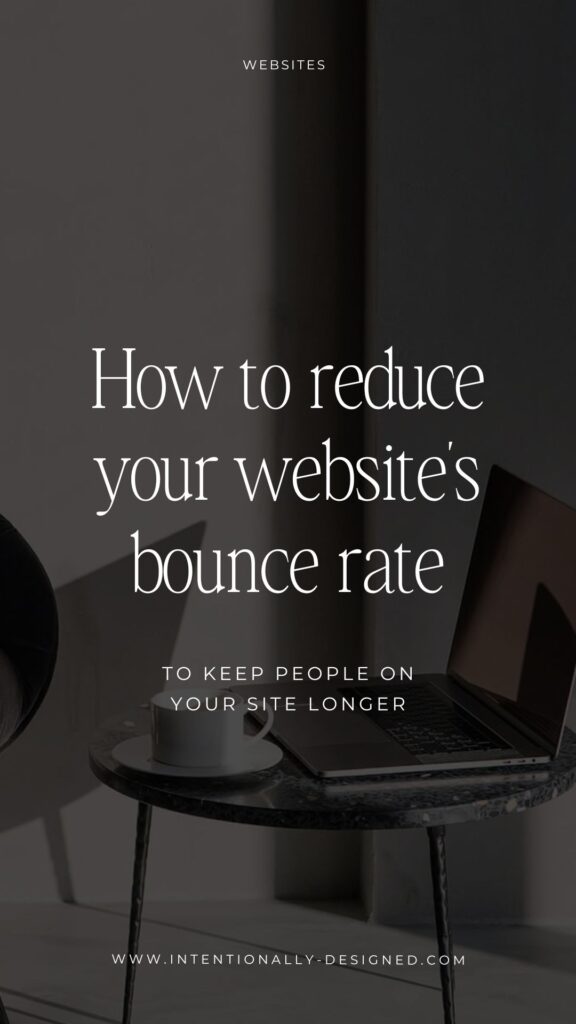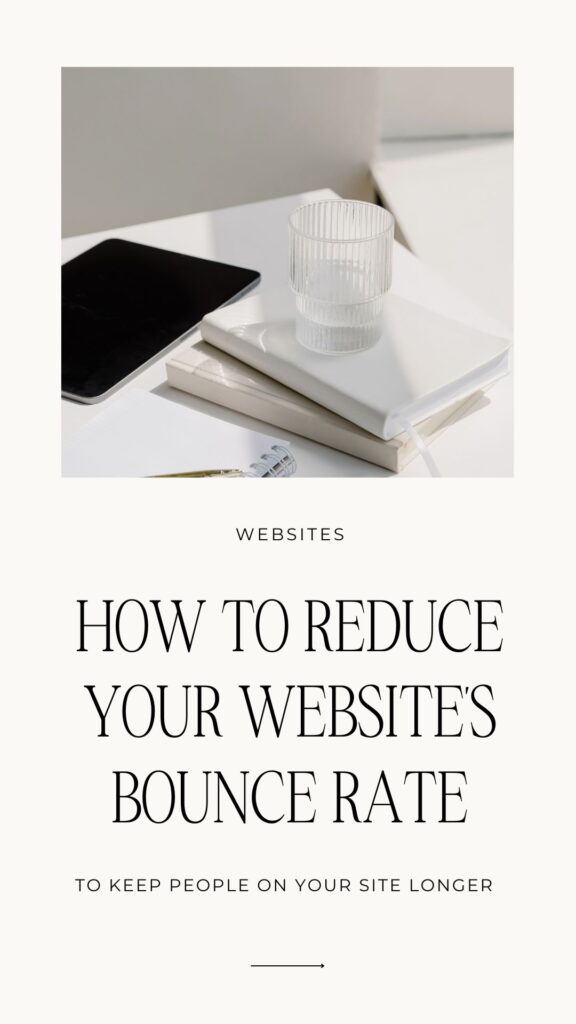Your website is meant to grab your visitor’s attention and keep them on your site. You want them to navigate the pages and ultimately connect with you deeper, buy your products or, book your services. But in order to do that, they have to stay on your site instead of clicking away. It’s important to ensure that you are doing the right things to keep them on your site longer and reduce your website’s bounce rate.
What is website bounce rate?
To better explain this term ‘website bounce rate’ picture a busy high street, where there are loads of people walking around, looking for a solution. They’ll wander around a few different stores, and as the store owner, what you really want is that person to spend a reasonable amount of time in your store as this will greatly increase the probability they’ll spend money, and the more time they spend, normally, the higher the order value. This is why big brands invest so much in visual merchandising.
Picture a frustrated store owner that has plenty of customers walking in, but as soon as they walk through the front door, they turn around and leave. This means that whilst they have high traffic, they have very low engagement and therefore people simply don’t buy anything. This is what is meant by the term high bounce rate.
When it comes to a website, it’s even easier to leave, as it’s simply a click of the mouse! There’s no effort required – you didn’t park the car and walk down the street, and there’s no emotional commitment – in the sense that you don’t see the shopkeeper’s heartbreaking as you turn straight back.
Why you want to reduce your website’s bounce rate
Reducing your website’s bounce rate is essential for maximizing the effectiveness of your online presence. A high bounce rate indicates that visitors are leaving your site quickly, often without engaging with your content or taking desired actions. This not only negatively impacts user experience but also diminishes the chances of converting visitors into customers or leads. By focusing on reducing bounce rate, you can enhance user engagement, encourage visitors to explore more pages, and ultimately increase the likelihood of achieving your website’s goals, whether it’s making a purchase, filling out a form, or consuming content.
Also, a low bounce rate is indicative of a more effective and relevant website. It signals to search engines that your site provides valuable and engaging content to users, which can positively impact your search engine rankings. Search engines prioritize websites that offer a positive user experience, and a low bounce rate is one of the metrics they consider. By reducing bounce rate, you not only improve user experience but also boost your website’s visibility and authority in search engine results, driving more organic traffic and further amplifying your online success.
How to reduce your website’s bounce rate
Optimize Website Speed
Ensure that your website loads quickly to prevent visitors from becoming impatient and leaving prematurely. Minimize large image and video files, leverage browser caching, and invest in reliable hosting to improve loading times. A fast-loading website enhances user experience and encourages visitors to stay longer and explore more pages.
Create Engaging Content
Produce high-quality, relevant content that captivates visitors and encourages them to delve deeper into your website. Use compelling headlines, eye-catching visuals, and clear calls-to-action to grab visitors’ attention and entice them to explore further. Tailor your content to meet the needs and interests of your target audience to keep them engaged and on your site longer.
Improve Website Navigation
Streamline your website’s navigation to make it easy for visitors to find the information they’re looking for quickly and intuitively. Use clear menu structures, logical page hierarchies, and internal linking to guide visitors through your site and encourage them to explore additional pages. Simplifying navigation enhances user experience and reduces the likelihood of visitors bouncing from your site prematurely.
Recap
By improving the relevance and quality of your content, optimizing website speed, and enhancing navigation, you can encourage visitors to stay longer, explore additional pages, and ultimately, increase conversions. This leads to higher engagement, improved user satisfaction, and ultimately, greater success for your online presence.
MORE RESOURCES
- 3 things that need to happen before you build your website
- The best and worst times to use a template
- Why website templates are the best option for emerging brands
- How to set up a Showit website template
- FREE Website Image Guide
- Website Planner and Content Workbook
- Showit Website Templates
SAVE FOR LATER
Enjoy this article and find it helpful? Pin this image on Pinterest so you’ll always have this info on hand!








